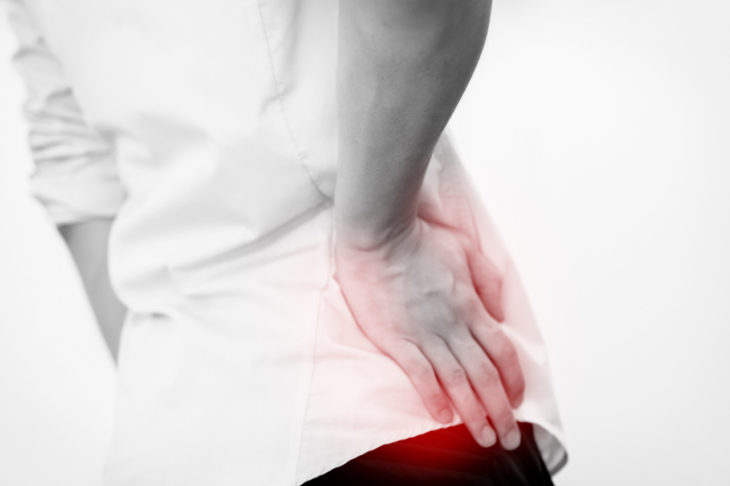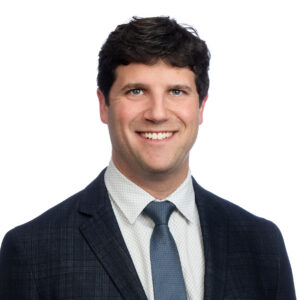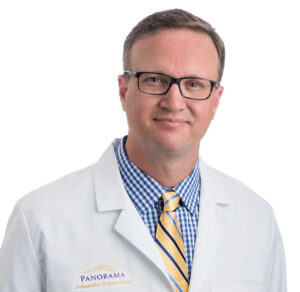
Choosing the Right Doctor for a Labral Tear in the Hip
When it comes to hip pain, getting the right care depends on your ability to find the right doctor. Impingement in the hip often causes labral tears. This collectively is referred to as femoroacetabular impingement. This is a newer diagnosis that orthopedic specialists have only recently come to understand. Hip arthroscopy, which is used to repair this injury, is a newer minimally invasive technique that has evolved over the past 15 – 20 years. As a result, there are not a lot of surgeons who have been trained specifically in hip arthroscopy and can do it right. It is a highly complex surgery and there is a steep learning curve for those who have not been properly trained. Unfortunately, outcomes are not as good when surgeons who are not properly trained in the most up-to-date techniques attempt this surgery.
The Right Test to Diagnose A Labral Tear
Getting to the right doctor will help you get the right diagnosis the first time. An orthopedic surgeon who is trained in sports medicine and has additional fellowship training in hip arthroscopy will know exactly what tests are necessary to determine if you have a labral tear in the hip.
There are two anatomic abnormalities in the hip that predispose an individual to a labral tear. First, what we refer to as a “cam lesion”, is a bump or misshapen head (ball) of the femur where it fits into the hip socket. Second, a “pincer lesion”, which is where the cup of the hip socket is providing too much coverage of the femoral head or ball.
In order to evaluate a patient for a labral tear, your doctor should start with several simple in office physical exam maneuvers that evaluate the full range of motion in the hip. Both a flexion/adduction test and an internal rotation test put the hip in a position where it would impinge. If that causes pain the doctor would be suspicious for femoroacetabular impingement (FAI) and a labral tear. A Scour test or Faber test may also be done, which helps to further assess the cause of hip pain. Muscular strength in the hip flexor and abductors should also be checked. In these office tests, the doctor is also looking for micro-instability in the joint and laxity in the ligaments. The next step is to get a very specific set of x-rays to determine if there is a bump on the femoral head or if the cup is too deep and over-covering the femoral head. These abnormalities are may be missed on a standard set of x-rays. It requires special positioning of the hip to see the appropriate angles needed to diagnose femoroacetabular impingement (FAI).
If the x-rays look suspicious and the physical exam are concerning, the doctor may order an MRI. However, most MRI’s have a hard time detecting a labral tear without joint dye or contrast, which means most hip specialists will recommend a MR Arthrogram. There are specific sequences and angles that are needed to detect the labral tear – so in order to get a correct diagnosis, make sure your are getting the right tests.
The Right Technique to Repair the Labrum in the Hip
When a decision is made to repair or reconstruct the labrum of the hip, it is important that you have the right surgeon. Hip arthroscopy is a very technically demanding procedure, so it is important that you choose a surgeon who performs a lot of these surgeries, because there are many intricate steps required to do it right. If a patient has persistent pain after hip arthroscopy, it is likely due to one of the following problems:
- The most common reason that patient has ongoing pain after hip arthroscopy is that the surgeon did not properly reshape the bone on the femoral head (ball). This may result in persistent impingement on the recently repaired labrum. A hip arthroscopy expert will use intra-operative x-rays to check the hip in a variety of positions to make sure the bone is properly shaped and no longer impinging.
- Research has shown that outcomes are superior when the surgeon closes the capsule around the hip. Less experienced hip arthroscopists often do not have the training or tools to close the capsule. Sometimes, they may debride or remove the portions of the capsule making a repair nearly impossible. Unfortunately, research indicates that patients who do not have the capsule repaired have a greater than 6 times higher likelihood of having a hip replacement later in life because of the resulting micro-instability in the hip.
- It is important to preserve the patient’s natural labrum, if possible. This means repair is generally always attempted if the labrum is repairable and healthy. Sometimes repair is not possible and the surgeon may need to augment or reconstruct the labrum, which is technically challenging. A hip arthroscopist will know exactly what to do if something unexpected comes up during the surgery, and they are trained in reconstruction and augmentation procedures. When a surgeon does not have those special skills they may remove the labrum altogether, which will make the patient worse in the long run.
If you are young and active and suffer from hip pain, it is critical that you find the right doctor to diagnose and treat your hip. It is important to find someone who has specialized training in hip arthroscopy and hip preservation. Hip preservation specialists are able to quickly and accurately make a diagnosis. They keep up on the latest research and are qualified to repair, augment or reconstruct the labrum depending on the findings in surgery. They also ensure the proper reshaping of the bone has been performed.
Meet Panorama’s Hip Preservation Team

Dr. Mike Ellman
Dr. Michael Ellman
Dr. Ellman is an integral part of the Denver sports medicine team at Panorama Orthopedic and Spine Center. Dr. Ellman, most recently with the Steadman Clinic in Vail, is a fellowship trained, board-certified orthopedic surgeon specializing in hip, knee and shoulder injuries.

Dr. Dan Haber
Dr. Daniel Haber
Dr. Haber is a hip arthroscopist at Panorama Orthopedics & Spine Center, He trained at the world-renowned Steadman Clinic and Steadman Philippon Research Institute in Vail, Colorado. , where he learned advanced arthroscopic and reconstructive surgical techniques for treating labral tears in the hip.

June 23, 2016. Panorama. Ronald R. Hugate. Head shot. Doctor Photo by Ellen Jaskol.
Dr. Ronald Hugate
Dr. Hugate, is a board-certified orthopedic surgeon who specializes in orthopedic oncology, hip preservation, complex joint reconstruction, and limb salvage. Dr. Hugate is considered a leader and innovator in the treatment of complex orthopedic problems.